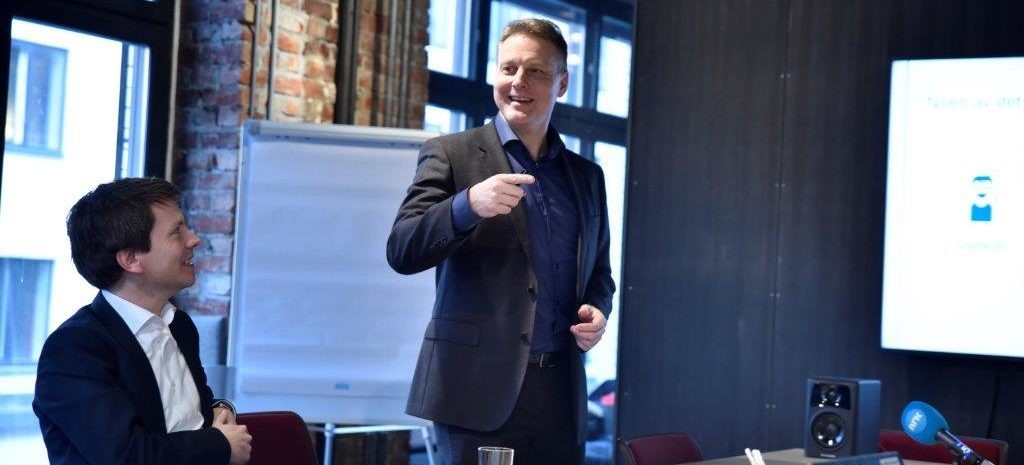The mullahs in Iran want the Shia Muslim republic to become one of the leading countries in modern technology, but this is not in the best interests of society. They want artificial intelligence to help them issue edicts and better control the population.
Not only in Iran where the streets are busy, but throughout the world. Iranian women and men protested strongly against the Iranian regime. They burned the hated hijab, women cut their hair in front of the cameras as a form of anger and desire for freedom on Iranian soil. The mullahs in Tehran could not help but witness the uprising on the streets of the world that was sparked after Mahsa Amini (22) died in the custody of the morality police. The grave sin is wearing the hijab incorrectly.
Since then, things have become calmer and the mullah’s regime appears to have regained most of its control – as Iranian exiles expected. Because they never give up, he said.
Artificial intelligence
One of the first things the Iranian government did was shut down the internet. The Islamic Republic has for years sought to protect and cut off much of its population from foreign influence, and the unrest gives them legitimacy. If someone, usually a young person, wants to read Western news or access social media, they need to invest in a VPN connection.
But now the mullahs in Iran have realized that the Shia Muslim republic will be ready to face modern technology.
The backwardness of Western countries and rich Sunni Arab countries in the Gulf region must end. If the country’s leader, Ayatollah Ali Khamenei, has his say, Iran should become “one of the ten best countries in the world in terms of artificial intelligence.”
The ultra-conservative city of Qom, famous for its pilgrims and Islamic Koranic schools, will now be the tip of the spear. advancedtechnology, wrote the Financial Times.
Sharpening the profile of Islam
In Qom, turbaned muftis will experiment with how AI can help them interpret long texts of the Koran and issue fatwas.
“Robots cannot replace mullahs, but they can be reliable assistants who can help them issue fatwas in 5 hours instead of 50 days,” said Mohammad Ghotbi, head of a government organization in Qom that works to encourage the growth of technology companies.
Over the years, Iran’s roughly 200,000 imams have been the most important advocates for preserving traditional and Islamic values – and fighting against modern development.
Now the hope is that investment in advanced technology can simultaneously give the impression that the mullah’s conservative government is willing to modernize and can be used to sharpen the country’s Islamic profile. But it is unlikely that the freedom-hungry portion of society will be deceived.
Since most of Iran’s leading mullahs and imams are over 80 years old, it is unlikely they would accept a fatwa produced by a robot, but a younger, conservative generation has taken to the world of technology.
Islamic tools
When Ayatollah Khamenei urged his country to plunge into the era of modern technology, he said, among other things, that “the tools change… what does not change is the goal of the Islamic Republic.”
The Iranian mullahs’ regime has imported surveillance technology from China on a large scale. There are currently cameras in traffic and other public places, which no less film and recognize women’s faces to identify those who violate the country’s Islamic dress code.
If a woman is caught not wearing the hijab properly, she will get an alert on her cell phone. Repeated warnings can result in fines and ultimately prison sentences.
Not only will KI contribute to the mullah’s regime gaining greater control over society, they also have ambitions to provide information to the public about health, teach them about psychology and add entertainment – all in the name of Islam, of course.
We might wonder if those who created AI thought that AI could be used to suppress the population even further?

“Music maven. Evil pop culture lover. Unapologetic creator. Friend of animals everywhere.”







